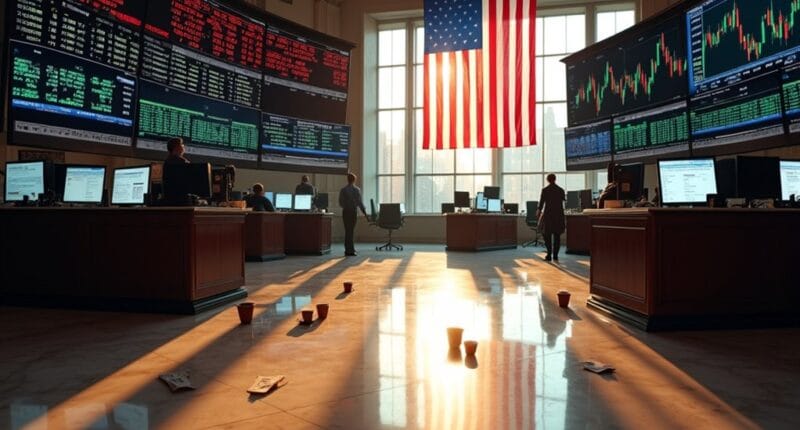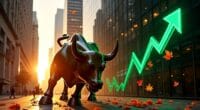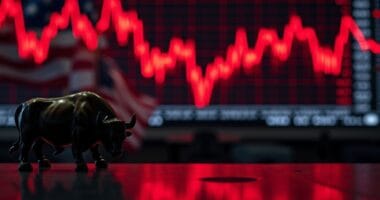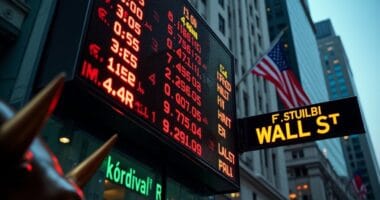Main Street investors are standing firm behind Trump’s bold tariff proposals, shrugging off Wall Street’s doom and gloom. Despite warnings of market chaos, everyday Americans are betting big on universal tariffs of 10-20% on imports and a whopping 60% hit on Chinese goods. They’re convinced these measures will revive American manufacturing, even as economists predict plunging imports and rising consumer prices. The trillion-dollar question remains: who’s actually right about America’s economic future?

Despite warnings from Wall Street analysts about market turmoil, everyday investors are throwing their support behind Trump’s ambitious tariff proposals.
Main Street’s backing comes even as economic models predict a 22% plunge in imports by 2025 and a 1.3% drop in long-term economic output.
These investors aren’t backing down.
They’re betting big on Trump’s plan for universal tariffs ranging from 10% to 20% on all imports, with a whopping 60% slam on Chinese goods.
Main Street investors are all-in on Trump’s aggressive tariff strategy, backing steep import taxes targeting China especially hard.
Sure, it might sting the wallet – but many see it as necessary medicine for American manufacturing.
The supply chains have disrupted significantly as manufacturers scramble to adapt to the new trade landscape.
The numbers are eye-popping.
The proposed tariffs could rake in $1.2 trillion in new revenue, pushing America’s effective tariff rate to historic highs of 12.7%.
That’s real money, folks.
And while Wall Street types wring their hands, Main Street investors are digging in their heels, convinced that short-term market volatility is worth the potential payoff.
Some experts warn that retail spending will suffer as consumers’ purchasing power diminishes with rising prices.
But here’s the kicker – the job math doesn’t quite add up.
Steel-consuming jobs outnumber steel-producing jobs 80 to 1, meaning tariffs could actually kill more jobs than they create.
Consumer prices are already shooting up, especially for cars and electronics.
And economic experts? They’re not seeing any improvements in American welfare from these trade barriers.
The business cycles suggest these economic fluctuations could have long-lasting impacts on market stability.
Yet Main Street’s optimism remains surprisingly resilient.
These investors are holding their positions or even buying into sectors they think will benefit from the tariffs.
They’re dreaming of a manufacturing renaissance, even as inflation warnings flash red and growth forecasts dim.
The impact is already hitting home.
New York City’s seeing its tax revenues and pension contributions wobble from market uncertainty.
Federal coffers could see $3.8 trillion over the decade from tariff revenue.
But with effective tariff rates potentially hitting 16% by April 2025, according to Yale Budget Lab, this high-stakes economic gamble is far from over.





